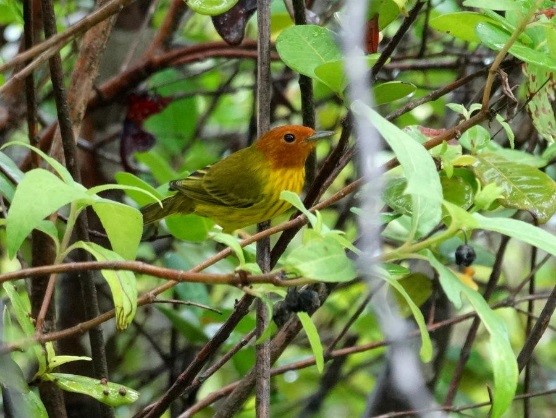Birdfinding.info ⇒ The Martinique endemic form of American Yellow Warbler is a localized resident of native woodlands across the island, mainly in forests of the northern highlands, the Caravelle Peninsula, and the far southwest and southeast. It can be found reliably in La Caravelle Nature Reserve.
“Martinique Warbler”
Setophaga petechia ruficapilla
Endemic to Martinique, where it occurs primarily in humid forests, and to a lesser extent in mangroves.
Identification
A distinctive form of American Yellow Warbler that is unmistakable within its limited Lesser Antillean range.

“Martinique Warbler”, S. p. ruficapilla, male. (La Caravelle Nature Reserve, Martinique; June 10, 2017.) © Josep del Hoyo
The male has a full chestnut hood, nearly identical in plumage to geographically distant “Mangrove Warbler” populations of Central and South America.
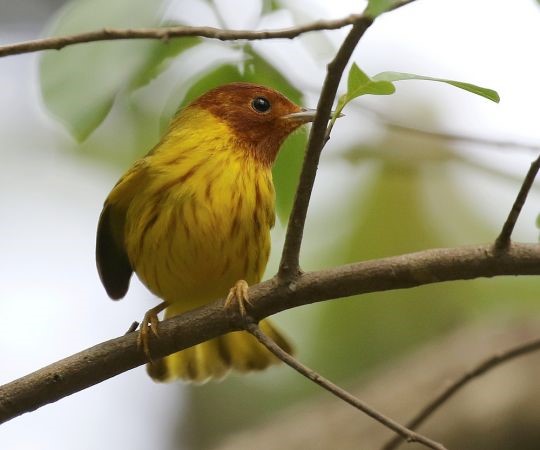
“Martinique Warbler”, S. p. ruficapilla, male, showing largely yellow tail feathers. © Pierre Crouzier
Females are olive overall, usually with faint streaking on the breast and a rusty tinge on the crown and face. Compared to other forms of American Yellow Warbler, female “Martinique” appears somewhat greener and darker.
Immatures generally resemble females but with irregular blotches of gray on the body.

“Martinique Warbler”, S. p. ruficapilla, female. (La Caravelle Nature Reserve, Martinique; October 14, 2018.) © Peter Kaestner
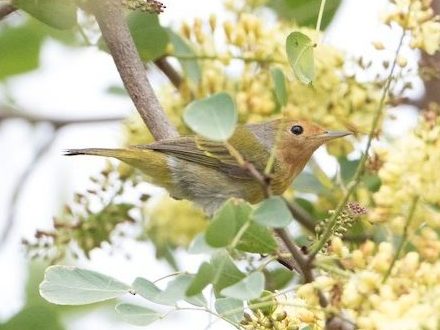
“Martinique Warbler”, S. p. ruficapilla, immature male. (La Caravelle Nature Reserve, Martinique; March 5, 2018.) © Brian Sullivan
Notes
Monotypic form, one of five potentially distinct forms of American Yellow Warbler (petechia). The taxonomy of these forms remains unsettled and subject to ongoing revisions.
Additional Photos of the “Martinique Warbler”
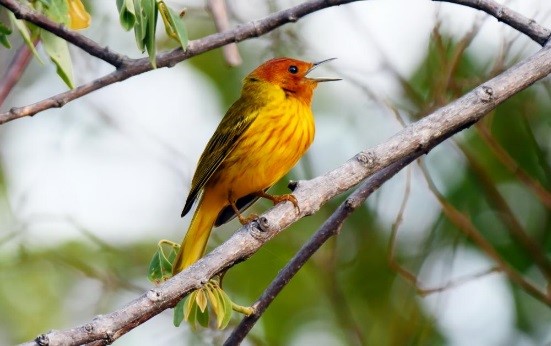
“Martinique Warbler”, S. p. ruficapilla, male, singing. (La Caravelle Nature Reserve, Martinique; June 10, 2017.) © Josep del Hoyo

“Martinique Warbler,” S. p. ruficapilla, male. © Pierre Crouzier
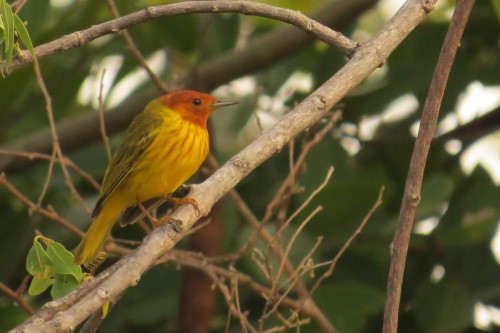
“Martinique Warbler”, S. p. ruficapilla, male. (Caravelle Peninsula, Martinique; June 2017.) © Ian Lewis

“Martinique Warbler”, S. p. ruficapilla, male. © Pierre Crouzier

“Martinique Warbler”, S. p. ruficapilla, male. © Pierre Crouzier
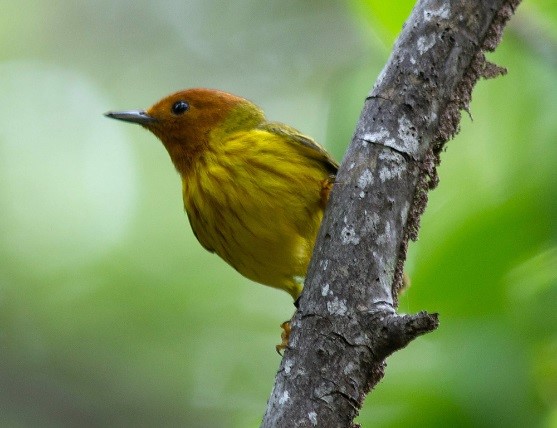
“Martinique Warbler”, S. p. ruficapilla, male. (Martinique; June 15, 2013.) © Angie Cederlund
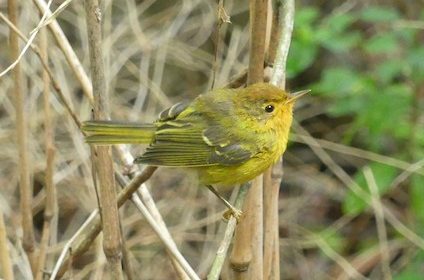
“Martinique Warbler”, S. p. ruficapilla, female—or possibly an immature male, based on the reddish-brown tinge on the head. (Trinité Ruines de Dubuc, Martinique; August 2, 2019.) © Andrew Dobson

“Martinique Warbler”, S. p. ruficapilla, female. (La Caravelle Nature Reserve, Martinique; October 14, 2018.) © Peter Kaestner

“Martinique Warbler”, S. p. ruficapilla, female. (La Caravelle Nature Reserve, Martinique; October 14, 2018.) © Peter Kaestner
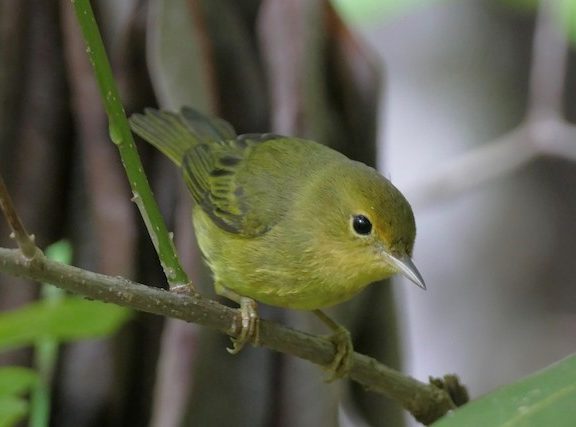
“Martinique Warbler”, S. p. ruficapilla, female. (La Caravelle Nature Reserve, Martinique; October 14, 2018.) © Peter Kaestner
References
BirdLife International. 2021. Setophaga petechia. The IUCN Red List of Threatened Species 2021: e.T22721657A137268484. https://dx.doi.org/10.2305/IUCN.UK.2021-3.RLTS.T22721657A137268484.en. (Accessed January 14, 2022.)
Browning, M.R. 1994. A Taxonomic Review of Dendroica petechia (Yellow Warbler) (Aves: Parulinae). Proceedings of the Biological Society of Washington 107:27-51.
eBird. 2022. eBird: An online database of bird distribution and abundance. Cornell Lab of Ornithology, Ithaca, N.Y. http://www.ebird.org. (Accessed January 14, 2022.)
Kirwan, G.M., A. Levesque, M. Oberle, and C.J. Sharpe. 2019. Birds of the West Indies. Lynx Edicions, Barcelona.
Mennill, D.J. 2001. Song Characteristics and Singing Behavior of the Mangrove Warbler (Dendroica petechial bryanti). Journal of Field Ornithology 72:327-337.
Raffaele, H., J. Wiley, O. Garrido, A. Keith, and J. Raffaele. 1998. A Guide to the Birds of the West Indies. Princeton University Press, Princeton, N.J.
Xeno-Canto. 2022. Mangrove Warbler – Setophaga petechia. https://xeno-canto.org/species/Setophaga-petechia. (Accessed January 14, 2022.)
